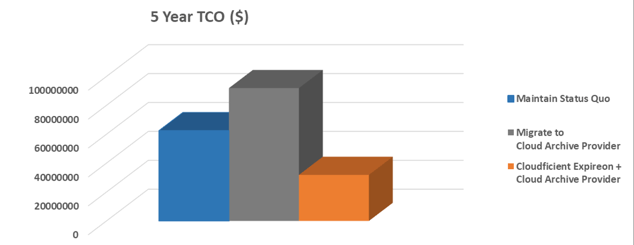What is “Custodian Management”?
When an organization responds to a legal investigation, the workflow around identifying, preserving, and collecting potentially relevant content is based on the organization’s employees acting as the custodians of relevant data.
The key part of Custodian Management is to identify the correct custodians in relation to the case, understand the timeframes of their involvement, and track the data repositories they have been using within that timeframe.
Today, the process is often a manual exercise based on email & spreadsheets with very little transparency, questionable data security, and a high risk of human error.
.png?width=620&height=82&name=Untitled%20design%20(18).png)
.png?width=600&height=79&name=Untitled%20design%20(18).png)









